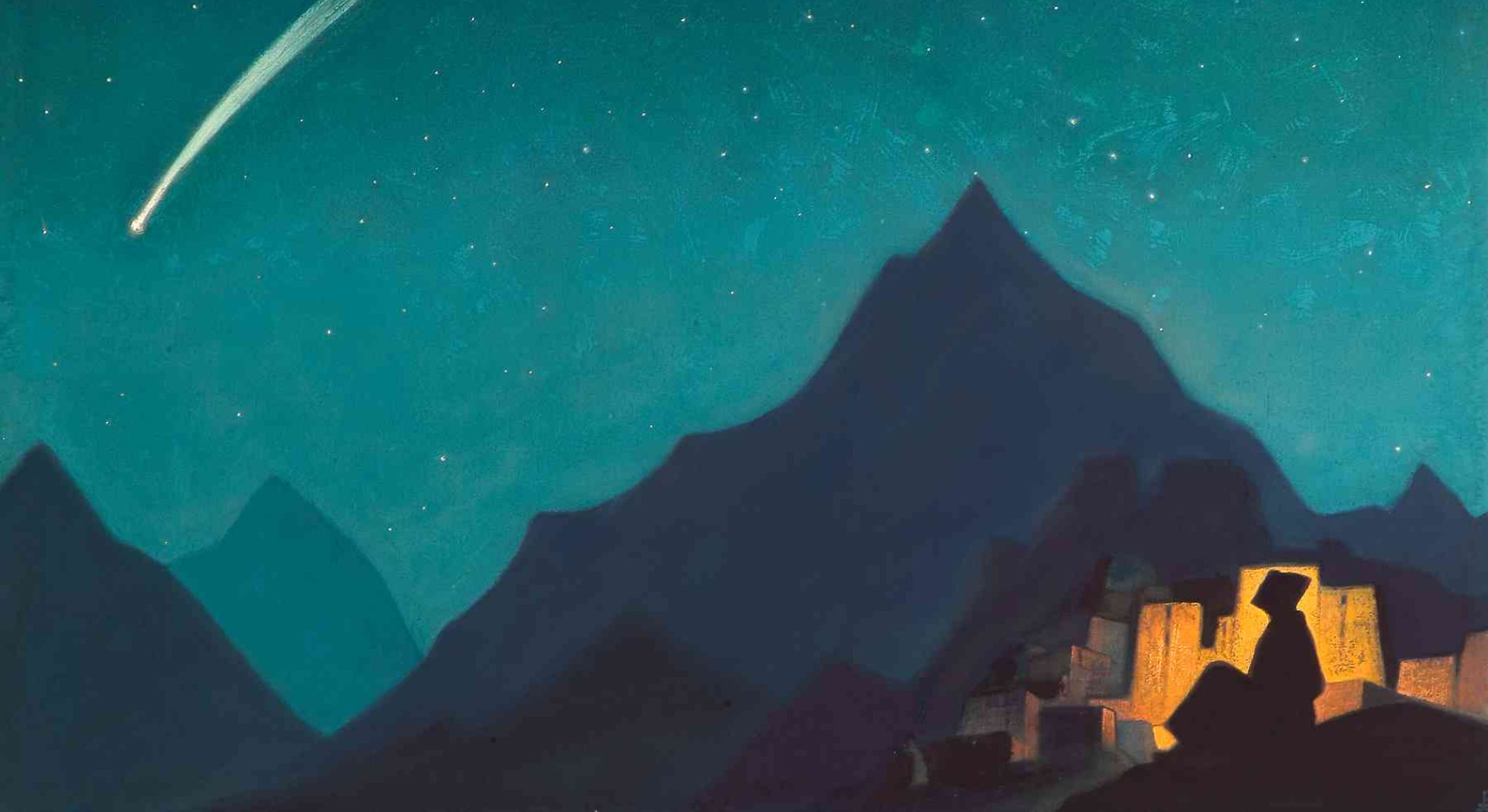Kolokolou giant isopod
An aquatic crustacean, Kolokolou giant isopods live on the sea floor surrounding deep-sea hydrothermal vents. There are only five known colonies of the crustacean, making them incredibly rare, and - despite their extreme habitat - they are infrequestly poached for their exoskeletons; the only known source of fish-iron.
While giant isopods elsewhere in the world present a hazard to deep-sea fishing, those found in Kolokolou region are semi-hypnophagic and can grow much larger than would be supported by their physical environment. Credible incident reports have described individuals greater than two metres in length actively seeking out deep-sea mining personnel and equipment around the vents.
Basic Information
Anatomy
The giant isopod's body is low and wide, covered by an overlapping exoskeleton made of fish-iron. Like smaller isopods, they have the ability to curl up into a protective ball, whereupon they become almost invulnerable to attack. Despite reaching a size that effectively protects them from predation, they retain the instinct to curl up when faced with something they recognise as a potential threat.
Ecology and Habitats
As its name indicates, the Kolokolou giant isopod lives in the Kolokolou ocean, in and around deep-sea hydrothermal vent fields.
These fields are comprised of black, chimney-like structures expelling superheated water saturated with sulphides in thick black clouds. The water in these vents can reach temperatures in excess of 400°C and the wider vent field measures between 3-10°C.
Dietary Needs and Habits
Living in a deeply inhospitable part of the ocean, giant isopods eat whatever nutrient source they can find, gorging themselves as soon as resources become available and giant isopods in captivity have been able to survive several years without food. In the wild, their typical diet takes the form of dead and slow-moving animals such as sea cucumbers and sponges, but Kolokolou giant isopods also exhibit cannibalistic tendencies and larval and juvenile isopods may be predated on by adults.
As hypnophages, the Kolokolou giant isopods supplement their diet with magic or stray spirits; this is what supports their growth to such abnormal sizes. The dissection of the largest adult specimen on record (1.2m length) showed near-complete atrophy of the digestive system, indicating that the specimen had been surviving on a purely immaterial diet for some time.
Additional Information
Geographic Origin and Distribution
There are only five known colonies of the Kolokolou giant isopod, living in hydrothermal vent fields at depths in excess of 2,500 metres.
Due to the value of fish-iron and the isopods' limited populations, the locations of these colonies are a closely-guarded secret kept between the Abyssal Guard and a limited number of trusted marine biologists.
Perception and Sensory Capabilities
Like other isopods, the Kolokolou giant isopod has simple compound eyes and two pairs of antennae. As aquatic hypnophages, they have Lines of Liidj - canals of fluid attuned to the presence of magic - running throughout their body, whch they use to locate food sources.
Scientific Name
bitæsochy núfognúgdæ ðokolokolou
Lifespan
No known upper limit
Conservation Status
Endangered
Average Height
No known upper limit
Average Weight
No known upper limit
Average Length
No known upper limit
Body Tint, Colouring and Marking
Gold-black to dark red (exoskeleton milk-white to lilac (meat)
Geographic Distribution
Remove these ads. Join the Worldbuilders Guild



Comments